Proteins Other Than Chicken and Beef
Protein Sources That Aren't Meat
Reviewed by Brunilda Nazario, MD on April 26, 2021
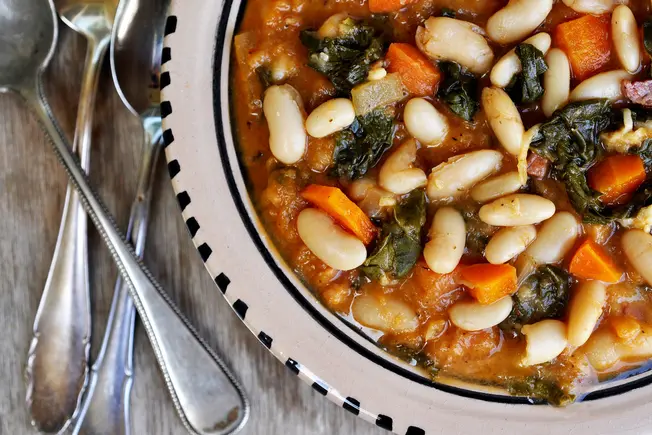
Cannellini Beans
1/12
There are 10 grams of protein in a half cup. That's the same amount as a regular-sized chicken thigh. You can add cannellini beans to soup, put them on toast, or make a bean salad. Try them with pasta or toss them in a food processor with herbs for a tasty bean dip.
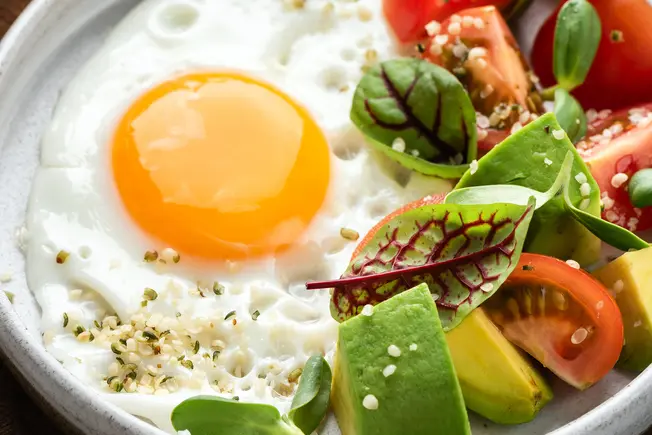
Hemp Seeds
2/12
Three tablespoons equals 10 grams of protein. Hemp seeds come from hemp plants, which are the same species as cannabis. But they don't have any psychoactive compounds, like THC or CBD. You can find hemp seeds at most supermarkets or natural food stores. Mix them into anything, including soups, salads, smoothies, and granola.
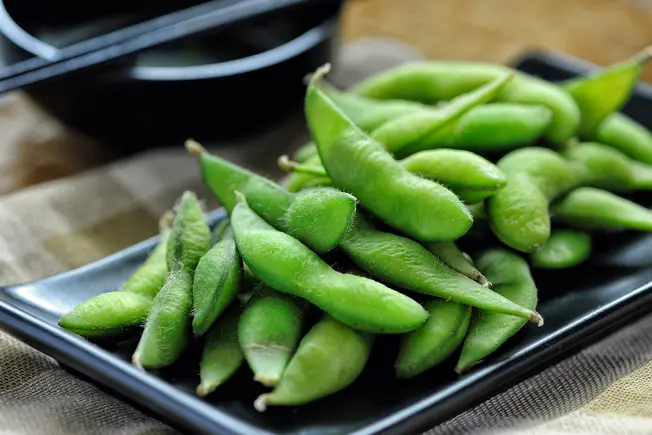
Edamame
3/12
Animal protein doesn't have fiber, but plant-based protein does. A half cup of edamame pods has 9 grams of protein and 4 grams of fiber. These green soybeans also have vitamins A and B, along with phytochemicals called isoflavones that have antioxidant and anti-inflammatory properties. Edamame makes a great snack or protein base for stir-fry.
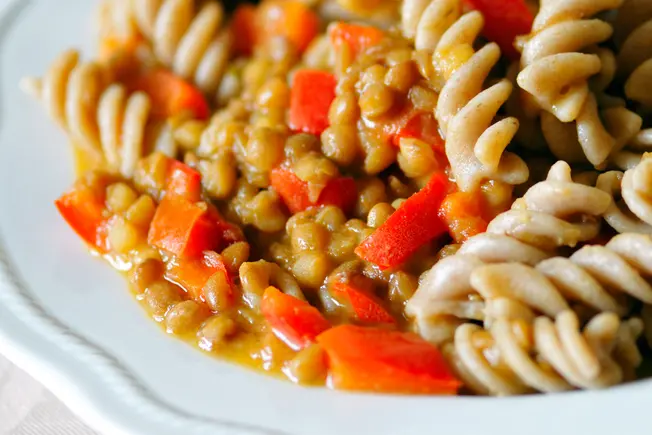
Lentils
4/12
Don't let their small size fool you. A half cup of cooked lentils has 9 grams of protein. Part of the legume family of beans and peas, lentils are also high in potassium, fiber, and folate. They're inexpensive, easy to prepare, and great in pastas, curries, salads, and grain bowls.

Amaranth
5/12
This gluten-free grain is a complete protein with all nine essential amino acids. One cup of cooked amaranth has 9 grams of protein, a mild, nutty flavor, and a texture similar to polenta. It can be used in both sweet and savory dishes, like muffins and grain bowls.

Pumpkin Seeds
6/12
They might get the most attention around Halloween, but pumpkin seeds are available and good for you all year long. Also called pepitas, a quarter cup of pumpkin seeds has 8 grams of protein and 42% of your daily magnesium needs. Toss them in trail mix, granola, or salads. Or just eat them alone as a snack.
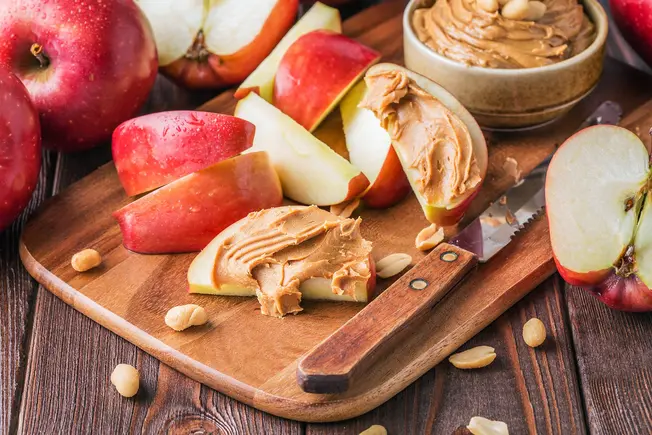
Peanut Butter
7/12
It's the law: Anything labeled peanut butter in the U.S. has to be at least 90% peanuts. And that's good news because that's where all the protein is. Just 2 tablespoons of peanut butter has 8 grams and plenty of healthy fats. Look for peanut butter that's just peanuts with a little salt. Use it as a protein boost in stir-fry sauces and oatmeal. Or eat it with sliced apples or celery.
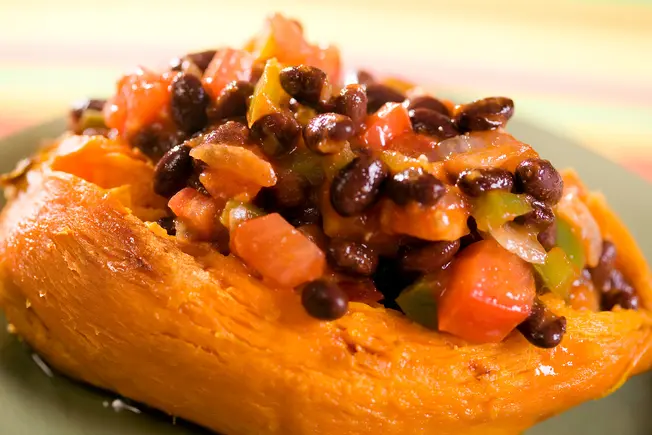
Black Beans
8/12
Also called turtle beans or frijoles negros, black beans pack 8 grams of protein per half cup. They also have vitamin A, folate, and calcium. Along with iron, potassium, and magnesium. Often paired with tacos, black beans are great in grain bowls, vegetarian chili, or stuffed into a roasted sweet potato.

Quinoa
9/12
Once you know how to pronounce the name of this high-protein ancient grain -- keen-wah -- the rest is easy. Combine 1 cup of dried quinoa with 2 cups of water (or vegetable broth for added flavor), bring to a boil and let simmer for 15 minutes. It makes an easy protein addition to any salad, stew, or soup. One cup of cooked quinoa has 8 grams of protein and more than 20% of your daily recommended value of magnesium, phosphorus, manganese, and folic acid.

Sunflower Seeds
10/12
Sunflower seeds are powered by protein with 7 grams in a quarter cup. Buy them unshelled and eat alone or in trail mix and granola. You can also add them to yogurt and salads. Bonus: Sunflower seeds have unsaturated fats, copper, and vitamin E.
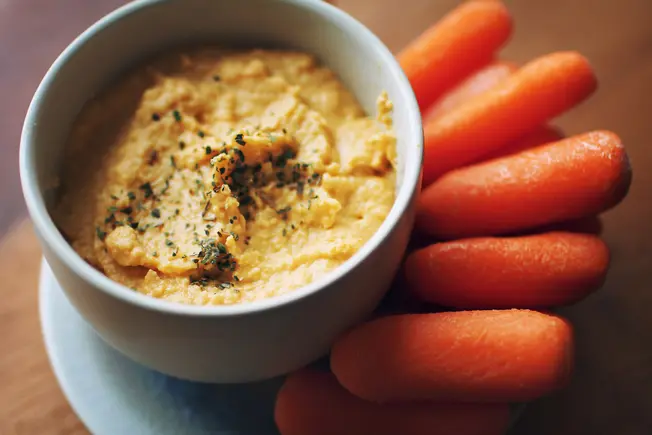
Chickpeas
11/12
Also called garbanzo beans, chickpeas have 7 grams of protein per half cup. They work well in salads, curries, soups, and pasta dishes. You can roast them for snacks or toss them in a blender and make them into hummus. Chickpea flour is also higher in protein than all-purpose. Use it for breading or in pancakes.

Greek Yogurt
12/12
It's been strained to eliminate liquid whey. That's what makes Greek yogurt thick and packed with protein. Six ounces has about 20 grams of protein and fewer carbs than traditional yogurt. Use it in place of sour cream, or drizzle honey or fruit on top to make it sweet.
IMAGES PROVIDED BY: SOURCES: Danielle Feinberg, MS, RD, New York City. University of North Dakota Dining Services: "Protein." U.S. Food and Drug Administration: "FDA Responds to Three GRAS Notices for Hemp Seed-Derived Ingredients for Use in Human Food." University of Kentucky College of Agriculture, Food and Environment: "Edamame." The Land Connection: "Edamame: Fresh Green Soybeans." U.S. National Library of Medicine, National Institutes of Health: "Isoflavones: Anti-Inflammatory Benefit and Possible Caveats." Mayo Clinic: "I know lentils are supposed to be good for me. But how do I prepare them?" Harvard T.H. Chan School of Public Health: "The Nutrition Source: Lentils," "The Nutrition Source: Chickpeas (Garbanzo Beans)." Oldways Whole Grains Council: "Amaranth – May Grain of the Month," "Quinoa – March Grain of the Month." American Heart Association: "Pumpkin seeds pack a healthy punch." National Peanut Board: "26 Fun Facts about Peanuts & Peanut Butter." Michigan State University: "Black beans and the science behind them," "Seeds are healthy sources of fiber," "Got Greek yogurt?" North Dakota State University: "All About Beans Nutrition, Health Benefits, Preparation and Use in Menus." The University of Tennessee Medical Center: "The Benefits of Eating Greek Yogurt." Show Sources
Source: https://www.webmd.com/diet/ss/slideshow-protein-sources-that-arent-meat
0 Response to "Proteins Other Than Chicken and Beef"
Postar um comentário